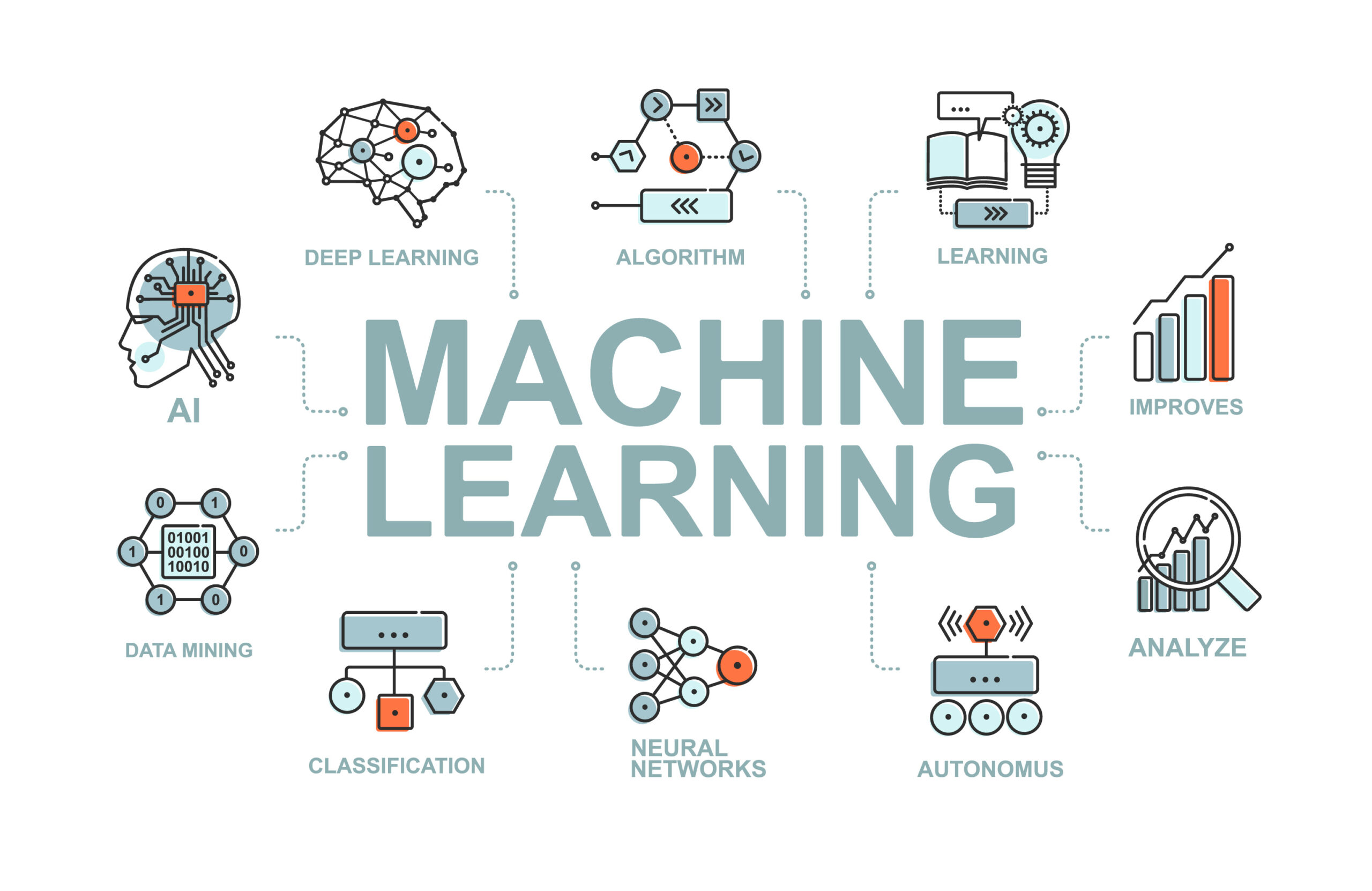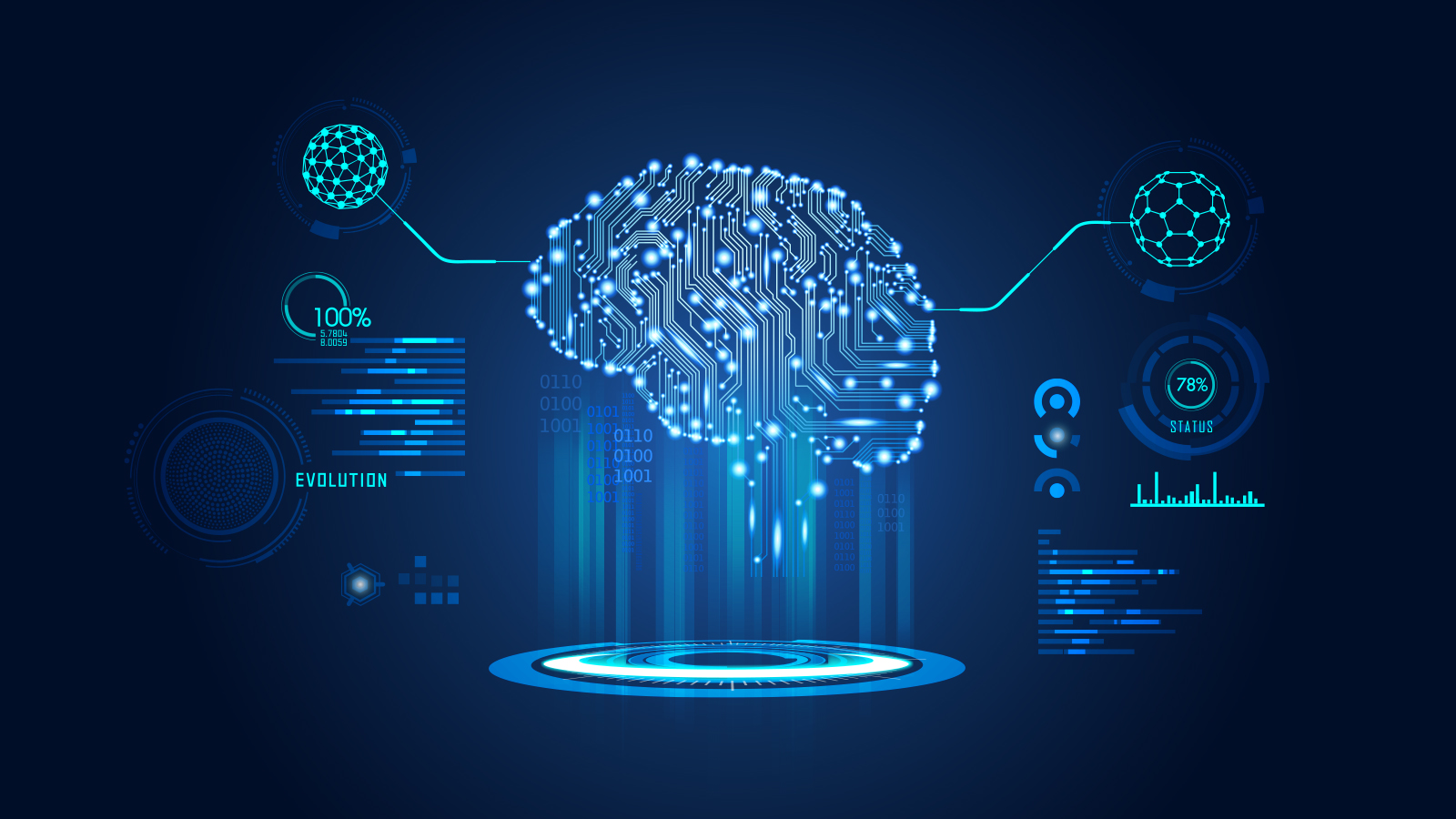Introduction:
Natural Language Processing (NLP), a subfield of Language artificial intelligence, has witnessed exponential growth in recent years, driven by advancements in machine learning and the availability of rich and diverse language datasets. NLP enables machines to understand, interpret, and generate human language, revolutionizing how we interact with technology. This exploration delves into the intricacies of NLP datasets, unraveling their characteristics, applications, and the pivotal role they play in building language models for a myriad of modern applications.
Defining NLP Datasets:
Characteristics:
NLP datasets are collections of text data carefully curated and annotated to facilitate the training and evaluation of language models. These datasets encompass a wide range of linguistic phenomena, including syntax, semantics, and pragmatics. Key characteristics of NLP datasets include:
- Linguistic Diversity:
- Annotation:
- Many NLP datasets are annotated with labels or tags that provide additional information about the linguistic elements within the text. Annotations may include part-of-speech tags, named entity labels, sentiment labels, and more, depending on the task at hand.
- Task-Specificity:
- NLP datasets are often designed for specific tasks, such as sentiment analysis, named entity recognition, machine translation, or question answering. The task-specific nature of these datasets allows models to focus on mastering particular aspects of language.
Applications of NLP Datasets:
1. Machine Translation:
- NLP datasets play a pivotal role in training machine translation models that can automatically convert text from one language to another. Prominent datasets like WMT (Workshop on Machine Translation) and IWSLT (International Workshop on Spoken Language Translation) fuel advancements in this domain.
2. Sentiment Analysis:
- Sentiment analysis models, which determine the sentiment expressed in a piece of text, benefit from datasets like IMDB Movie Reviews and Amazon Product Reviews. These datasets enable models to discern sentiments, opinions, and emotions conveyed in written content.
3. Named Entity Recognition (NER):
- NLP datasets designed for Named Entity Recognition, such as CoNLL-2003 and ACE (Automatic Content Extraction), aid in training models to identify and classify entities like names of people, organizations, locations, and more within text.
4. Question Answering:
- Datasets like SQuAD (Stanford Question Answering Dataset) and TREC (Text REtrieval Conference) are instrumental in developing question answering models. These models are trained to comprehend and respond to user queries with relevant information.
5. Text Summarization:
- NLP datasets for text summarization, such as CNN/Daily Mail dataset, facilitate the training of models capable of generating concise and informative summaries from longer text passages.
6. Language Modeling:
- General-purpose language modeling datasets, like the Common Crawl and Wikipedia dumps, contribute to the training of language models that can understand and generate coherent text across a broad range of topics.
Types of NLP Datasets:

1. Corpora:
- Corpora are large collections of text documents that serve as the foundation for many NLP tasks. Examples include the Brown Corpus and the Gutenberg Corpus. These corpora cover a diverse range of genres and writing styles.
2. Annotated Datasets:
- Annotated datasets include additional information beyond the raw text, such as part-of-speech tags, syntactic trees, or sentiment labels. The Penn Treebank and the Movie Review dataset are examples of annotated datasets.
3. Parallel Datasets:
- Parallel datasets consist of texts in multiple languages that are translations of each other. These datasets are crucial for training machine translation models. The Europarl Corpus and the United Nations Parallel Corpus fall into this category.
4. Question Answering Datasets:
- Datasets specifically designed for question answering tasks, like SQuAD and TREC, provide a diverse set of questions and corresponding passages for training models to extract relevant information.
5. Dialogue Datasets:
- Dialogue datasets capture conversational interactions and are used for training models in natural language understanding and generation. Examples include the Persona-Chat dataset and the DailyDialog dataset.
NPL step
1. Preprocessing:
- NLP datasets undergo preprocessing to clean and format the text. This involves tasks like lowercasing, tokenization, and removing stop words and punctuation. Preprocessing ensures consistency and standardization in the dataset.
2. Tokenization:
- Tokenization involves breaking down text into individual units, such as words or subwords. Tokenization is a fundamental step in language processing that enables models to understand and process text at a granular level.
3. Embeddings and Representations:
- Word embeddings, such as Word2Vec, GloVe, and FastText, are employed to represent words as dense vectors. These embeddings capture semantic relationships between words and provide contextual information for language models.
4. Recurrent Neural Networks (RNNs) and Transformers:
- RNNs and Transformers are popular architectures for language modeling. RNNs are capable of capturing sequential dependencies in text, while Transformers excel at modeling long-range dependencies and have become the backbone of state-of-the-art language models.
5. Transfer Learning:
- Transfer learning involves pre-training language models on large-scale datasets and fine-tuning them for specific tasks. This approach, exemplified by models like OpenAI’s GPT (Generative Pre-trained Transformer) and BERT (Bidirectional Encoder Representations from Transformers), has significantly advanced NLP capabilities.
Challenges in NLP Datasets and Models:
1. Lack of Diversity:
- NLP models trained on biased or non-representative datasets may exhibit biased behavior. Ensuring diversity in training datasets is crucial for building models that can handle a wide range of linguistic expressions and cultural nuances.
2. Data Annotation and Labeling:
- The process of annotating and labeling NLP datasets is labor-intensive and requires domain expertise. Errors or inconsistencies in annotations can impact the performance of models trained on such datasets.
3. Domain Adaptation:
- NLP models trained on one domain may struggle to generalize to new, unseen domains. Domain adaptation techniques are employed to enhance the adaptability of models to different linguistic contexts.
4. Ethical Considerations:
- NLP models may inadvertently perpetuate stereotypes or exhibit biased behavior. Ethical considerations in dataset collection, model training, and deployment are crucial for building fair and unbiased language models.
5. Handling Ambiguity:
- Natural language is inherently ambiguous, and understanding context is essential for accurate interpretation. NLP models often face challenges in disambiguating ambiguous language, requiring advanced contextual understanding.
Modern Applications of NLP Models:

1. Virtual Assistants:
- NLP models power virtual assistants like Siri, Alexa, and Google Assistant, enabling natural language interaction for tasks such as setting reminders, answering queries, and providing information.
2. Chatbots:
- Chatbots leverage NLP models to engage in natural and context-aware conversations with users. These applications span customer support, information retrieval, and virtual companionship.
3. Language Translation Services:
- NLP models underpin language translation services like Google Translate and Microsoft Translator, making it possible to seamlessly translate text between numerous languages.
4. Content Generation:
- NLP models contribute to content generation tasks, including text summarization, article writing, and creative writing. Models like GPT-3 have demonstrated capabilities in generating coherent and contextually relevant text.
5. Sentiment Analysis in Social Media:
- NLP models analyze sentiment in social media content, helping businesses understand public opinion, monitor brand perception, and respond to customer feedback.
Future Directions in NLP:
1. Multimodal NLP:
- The integration of visual and textual information, known as multimodal NLP, is a growing area of research. Models that can understand and generate content across multiple modalities are expected to play a crucial role in future applications.
2. Explainable AI in NLP:
- As NLP models become more complex, there is a growing need for explainable AI. Understanding the decision-making processes of language models is essential for building trust and ensuring transparency.
3. Low-Resource Languages:
- Efforts are underway to develop NLP models that cater to low-resource languages. Bridging the language gap is crucial for ensuring that NLP technologies are accessible and beneficial on a global scale.
4. Robustness and Bias Mitigation:
- Research focusing on enhancing the robustness of NLP models and mitigating bias is gaining prominence. Addressing issues related to biased behavior and ensuring fair outcomes in various applications is a key priority.
5. Interactive and Contextual Models:
- Future NLP models are expected to be more interactive and context-aware. Models that can engage in dynamic conversations, understand user intent, and provide contextually relevant responses are a focal point of research.
Conclusion:
The realm of NLP, propelled by the richness of language datasets and the power of advanced machine learning models, continues to redefine how humans interact with technology. From language translation and sentiment analysis to chatbots and virtual assistants, NLP applications are pervasive and impactful. As the field advances, addressing challenges related to bias, diversity, and ethical considerations becomes paramount. Looking ahead, the future of NLP holds promises of multimodal capabilities, explainable AI, and increased accessibility across languages and cultures. NLP, with its profound influence on modern applications, stands at the forefront of the AI revolution, unlocking new frontiers in human-machine communication and understanding.

